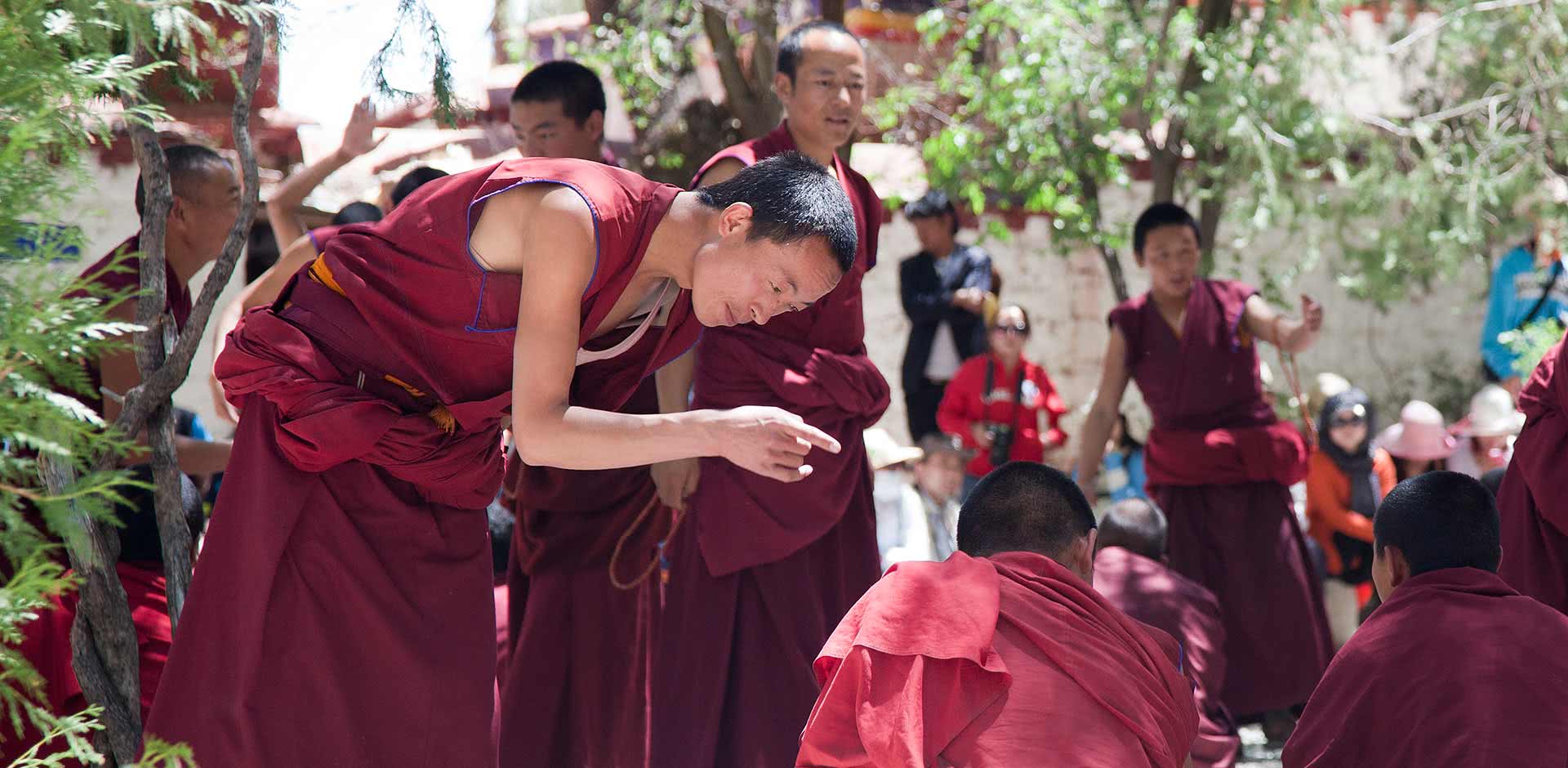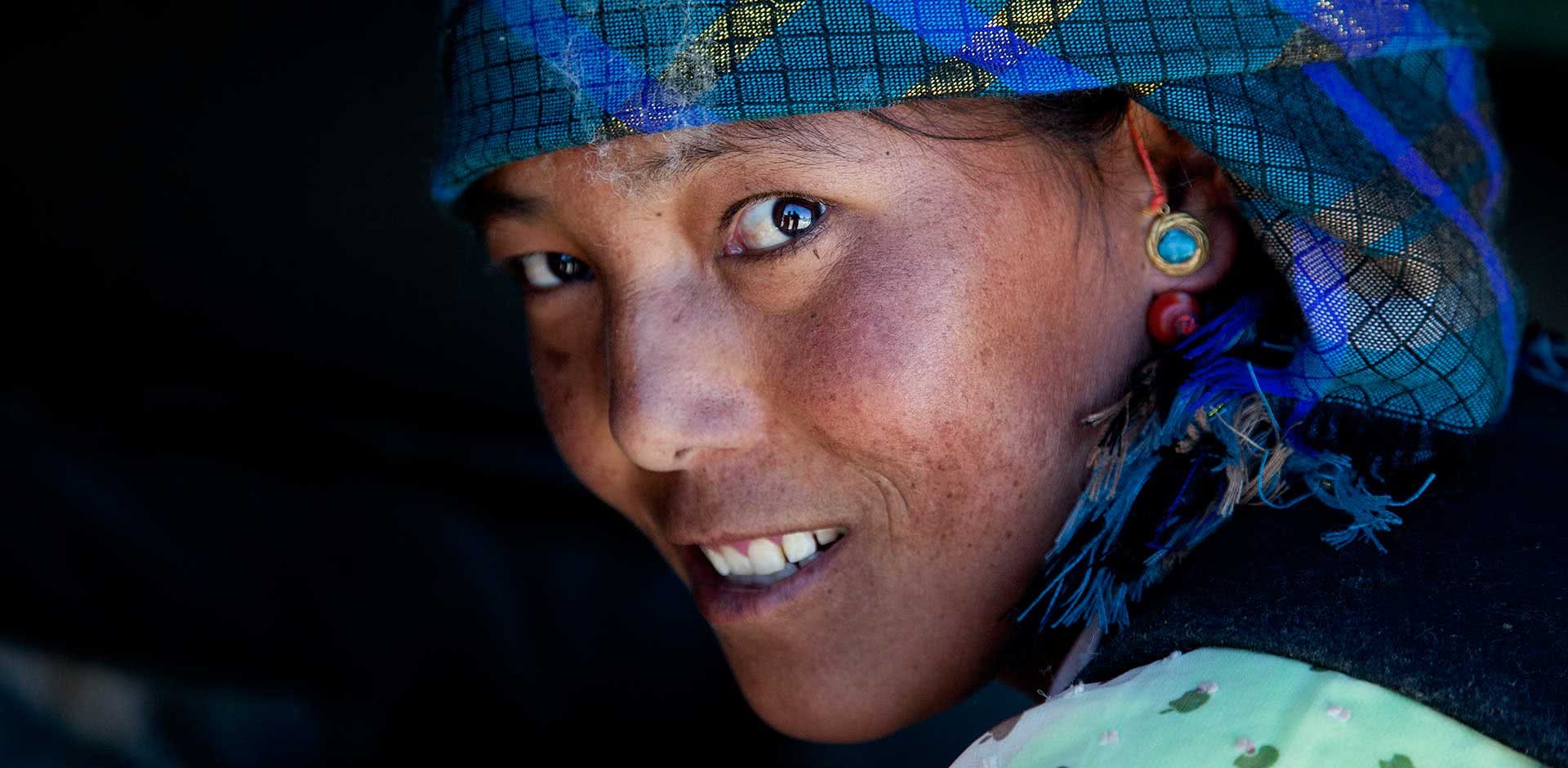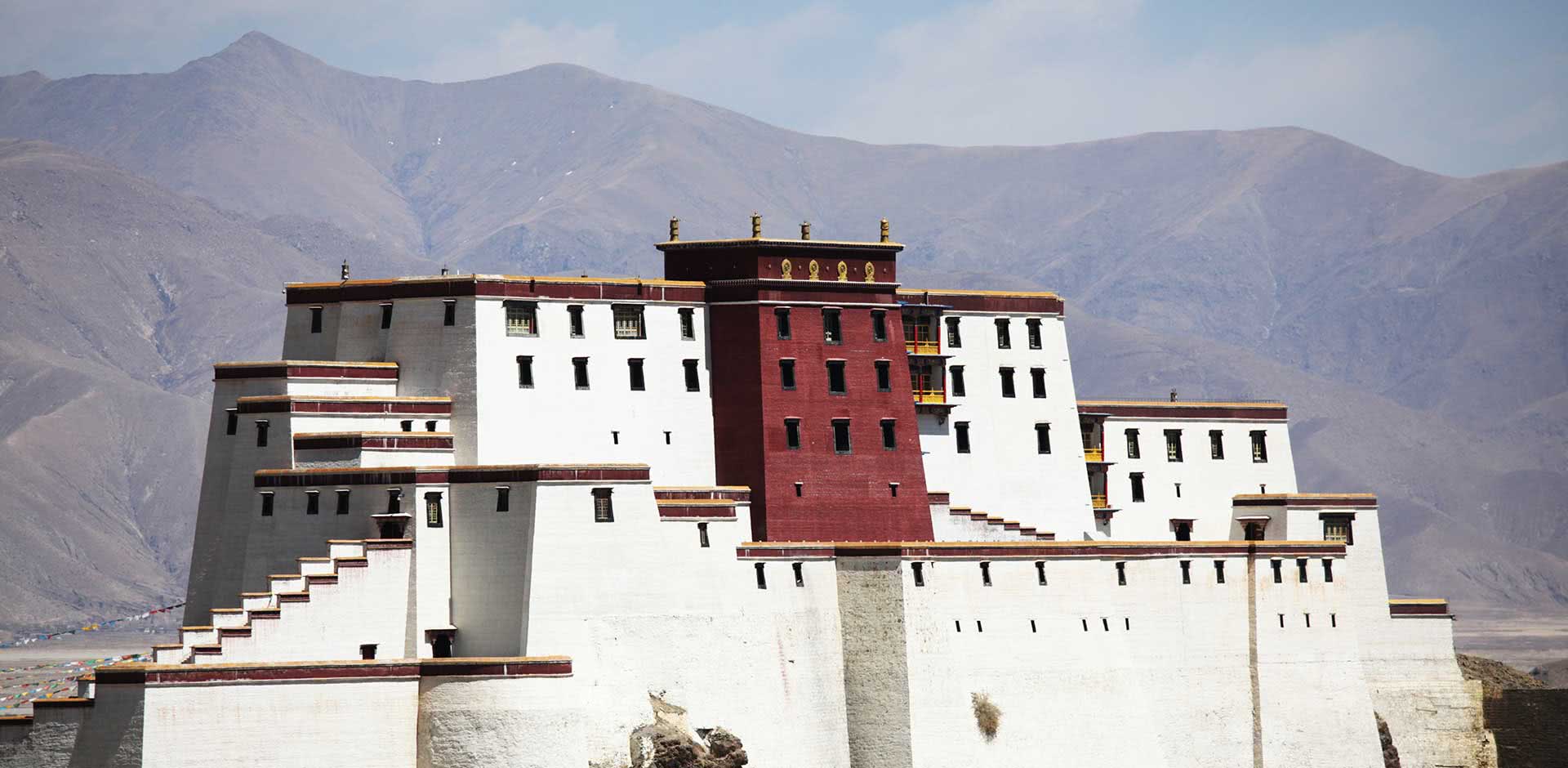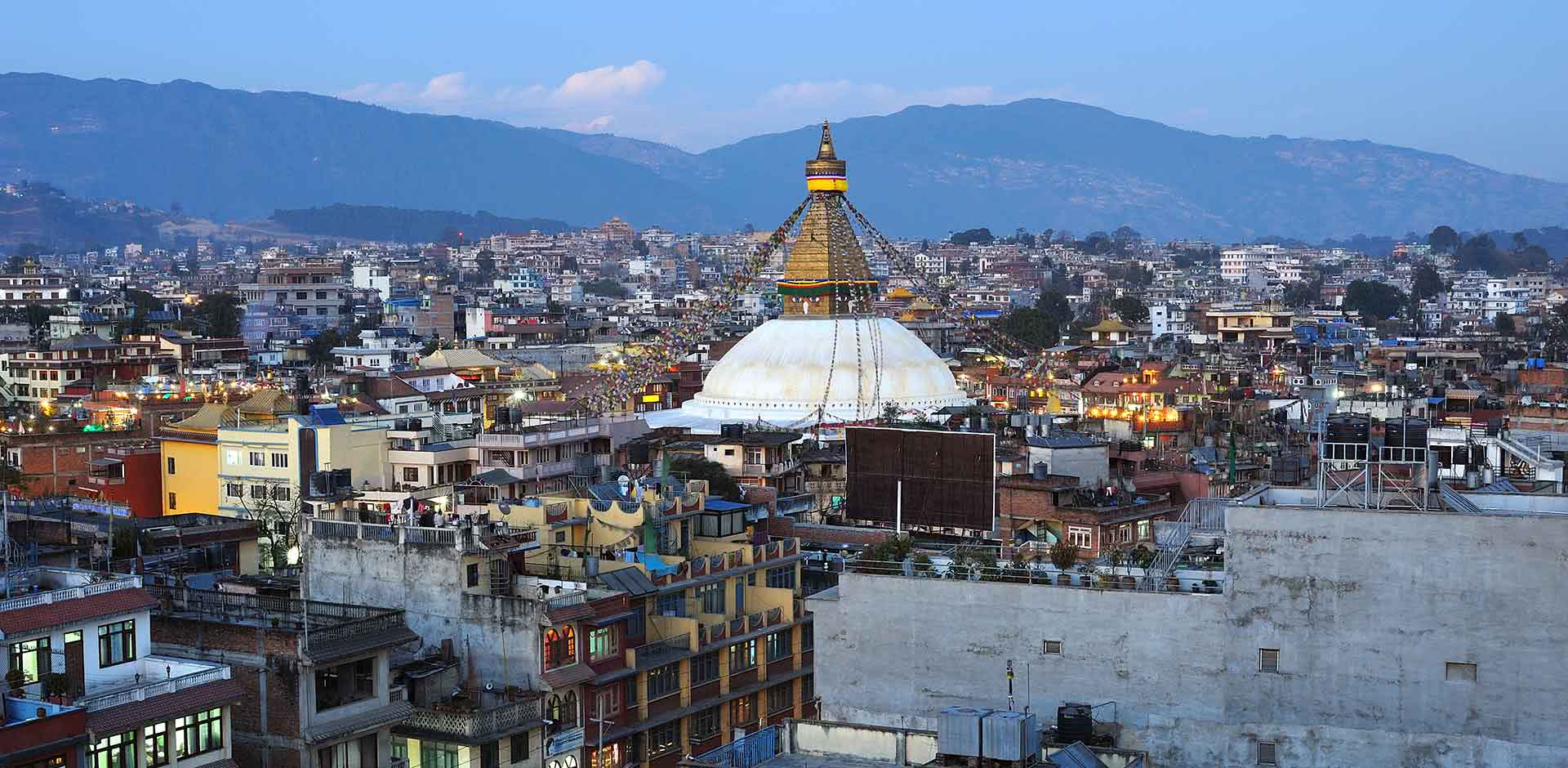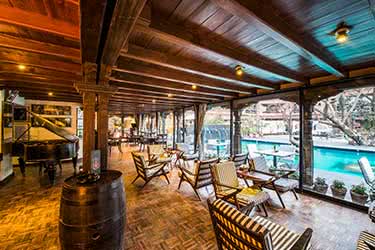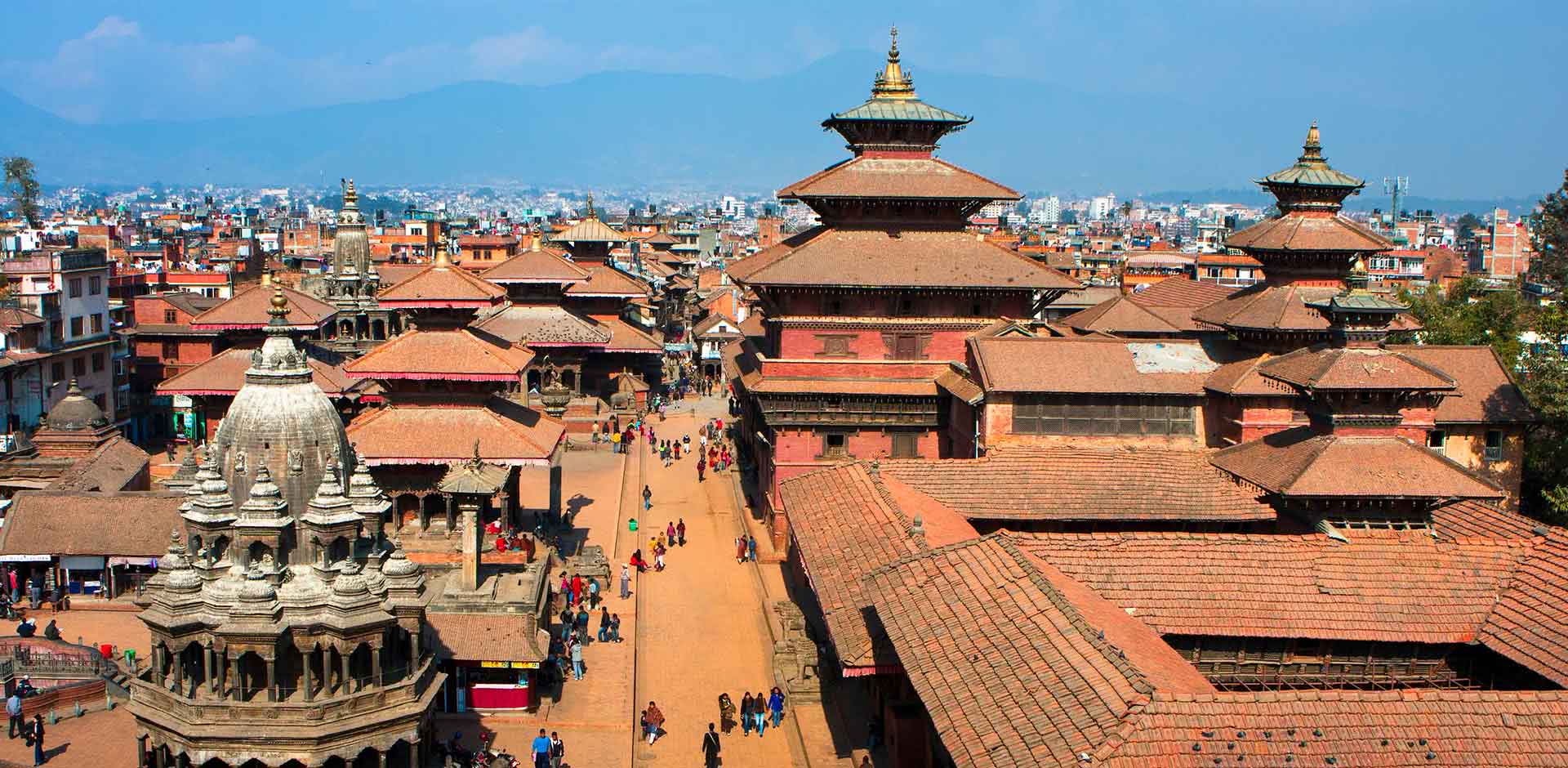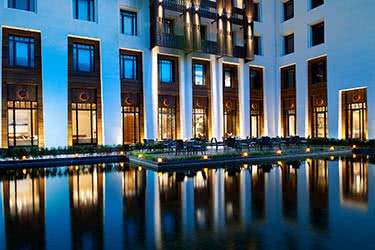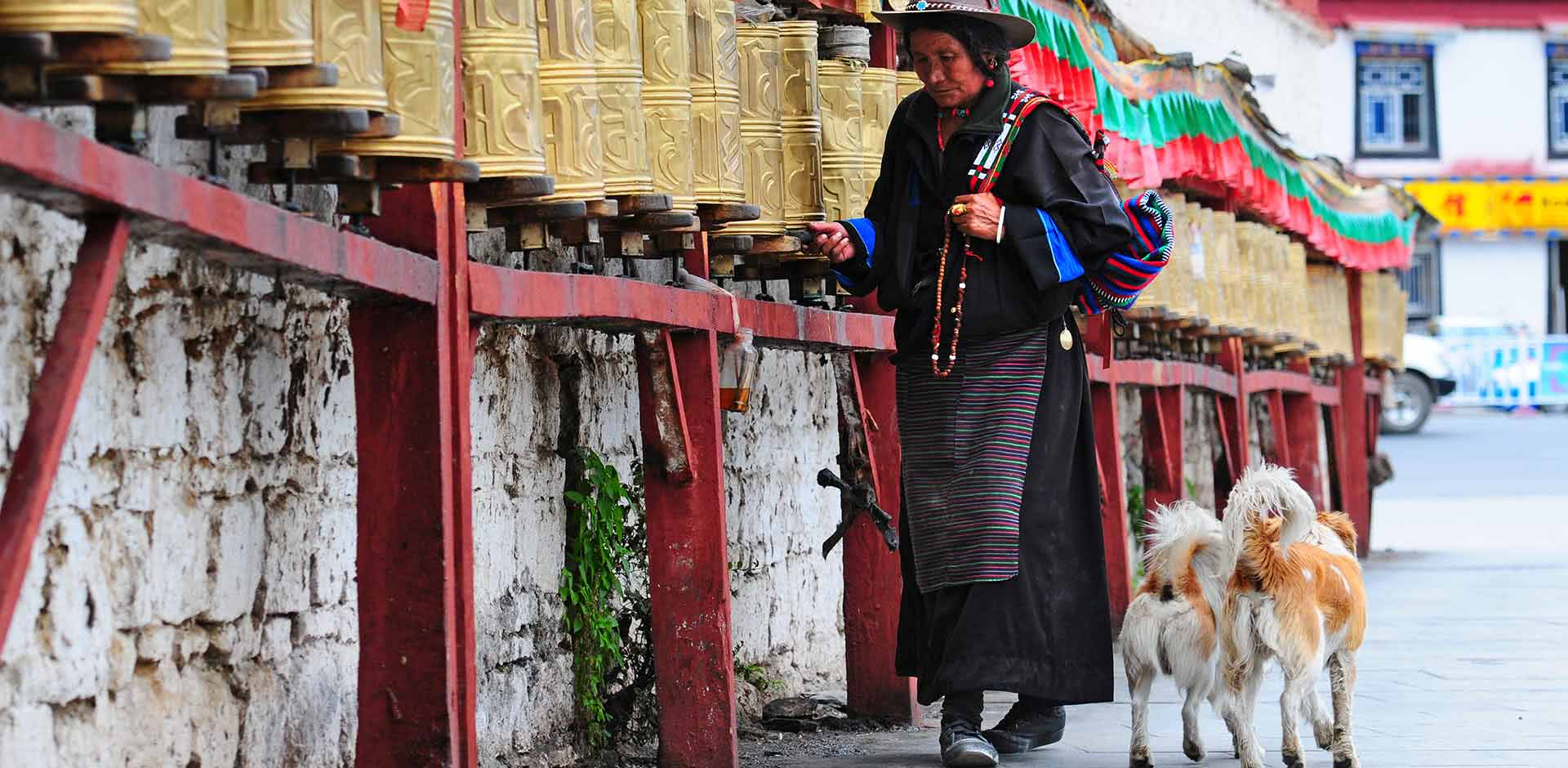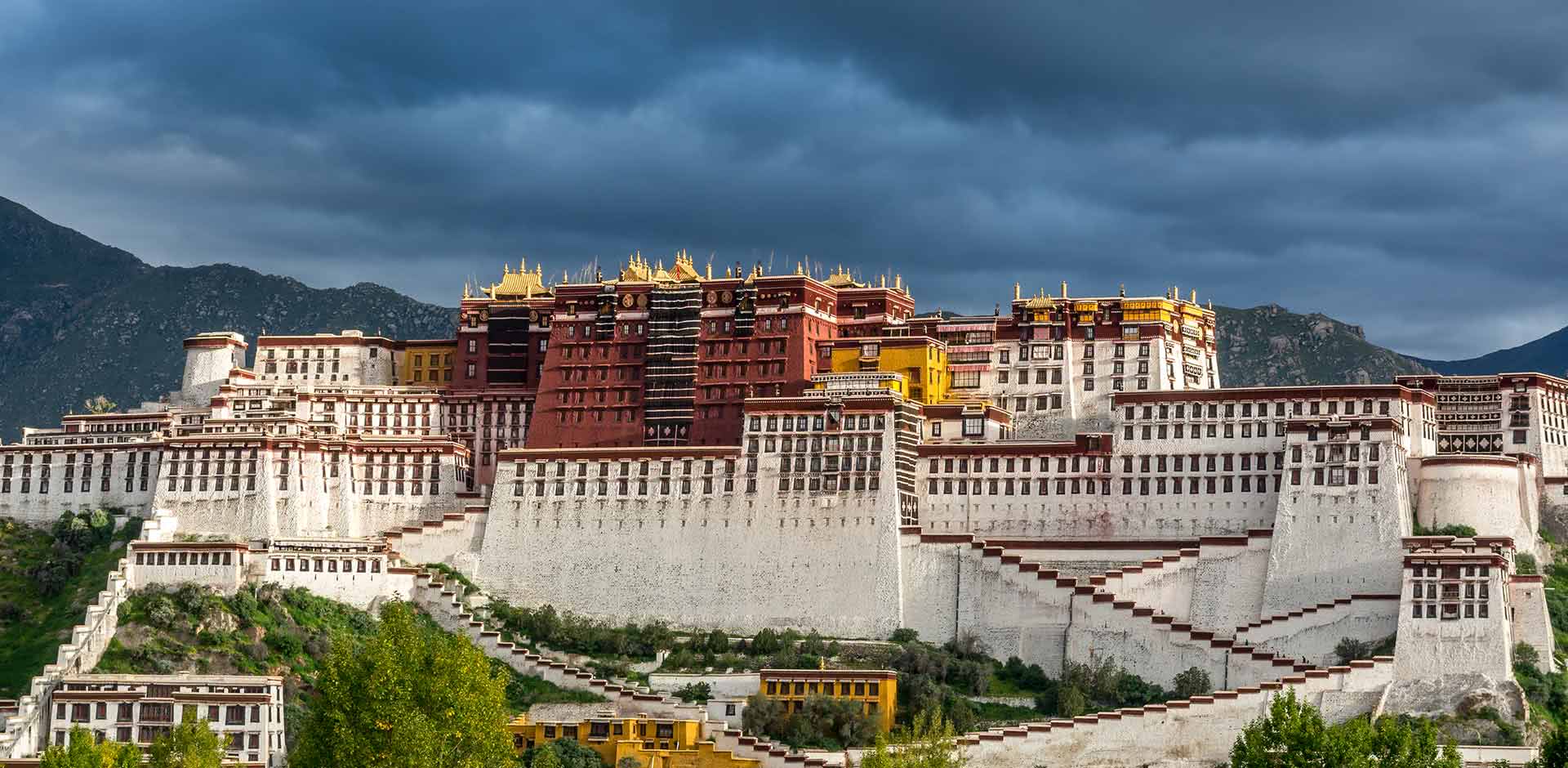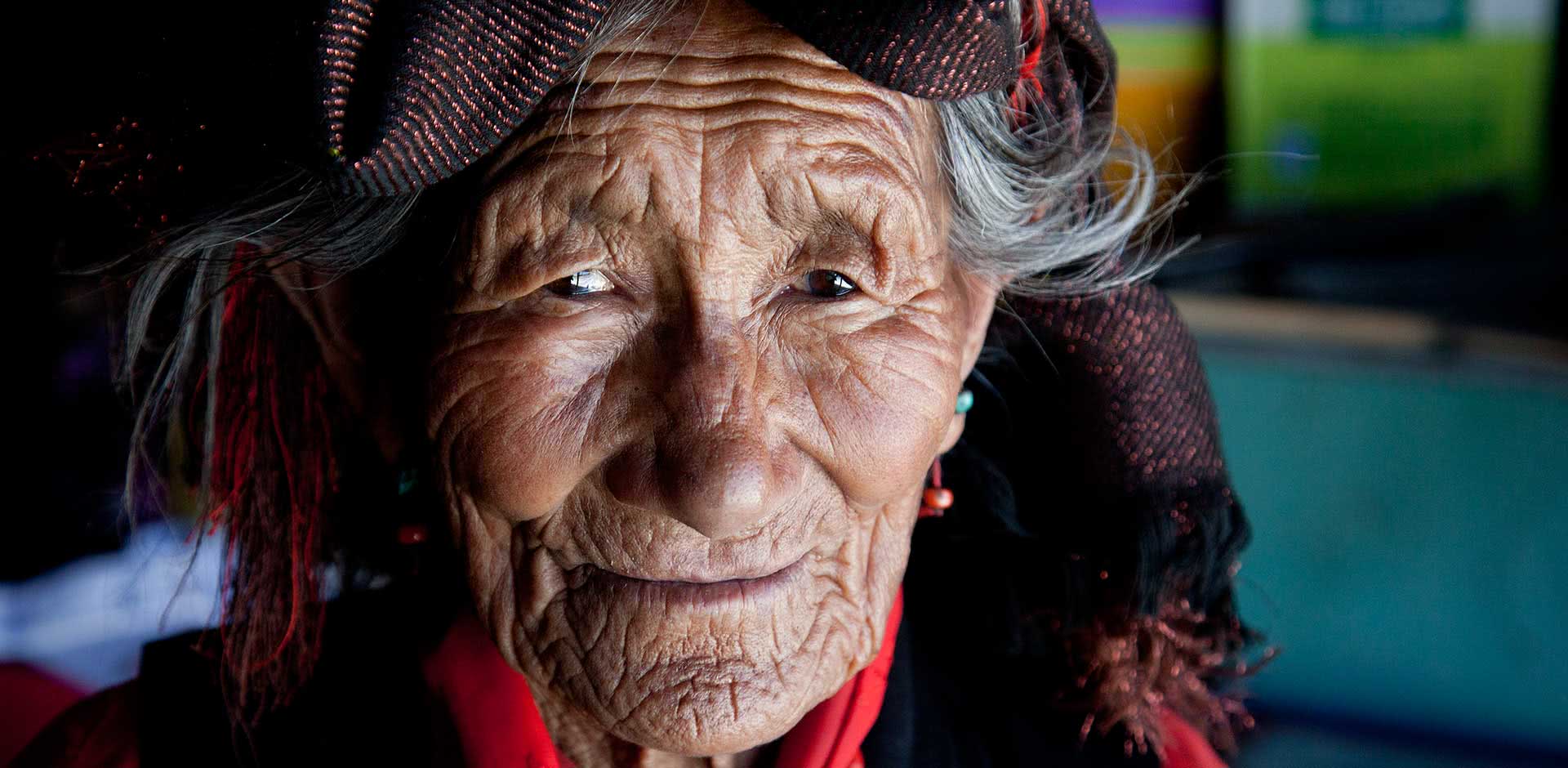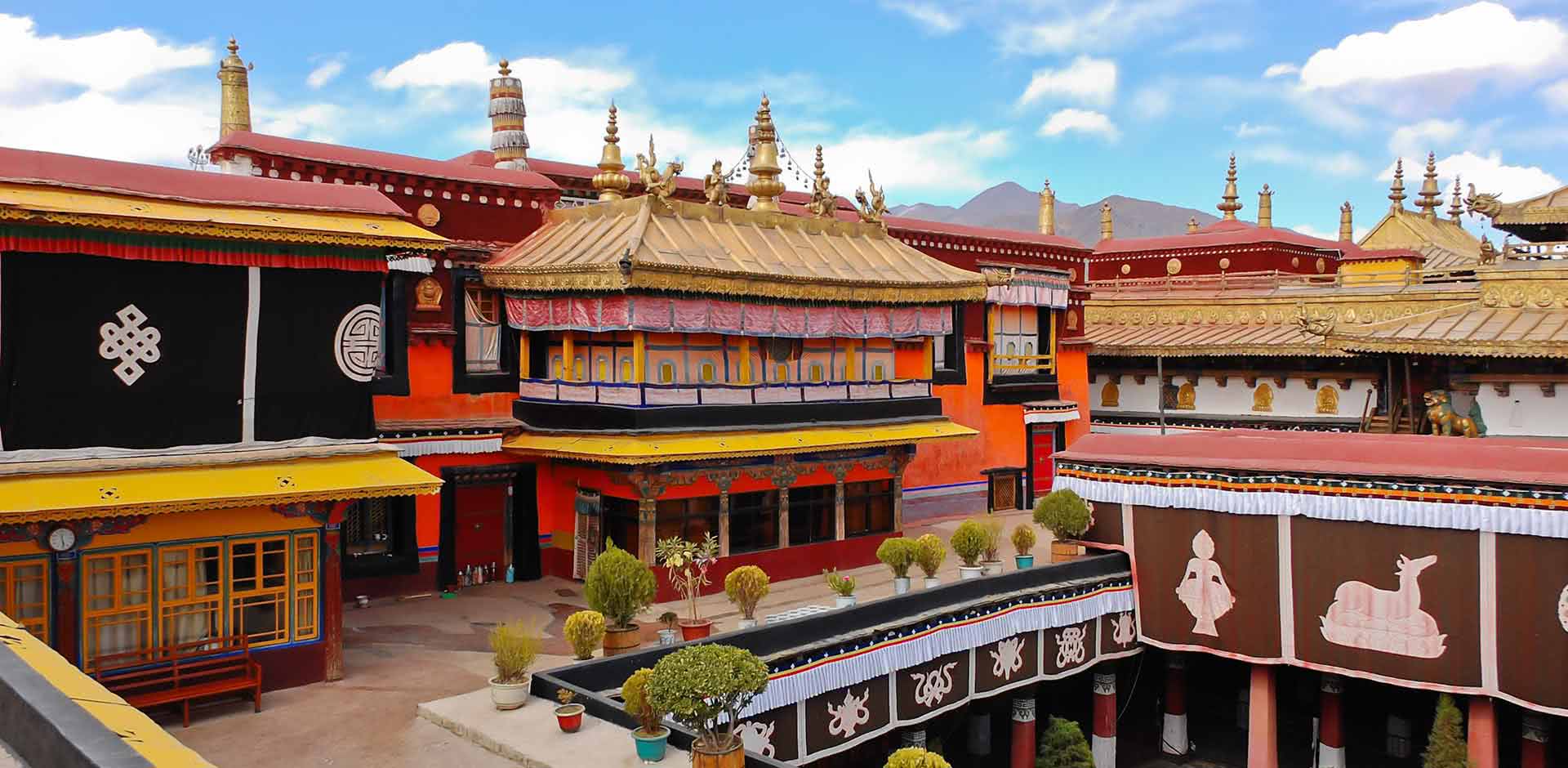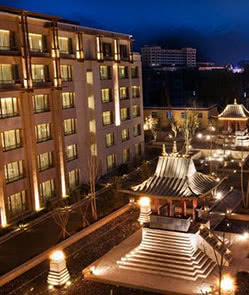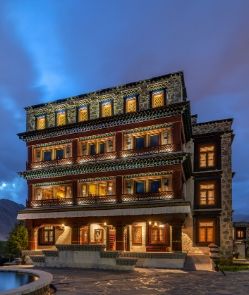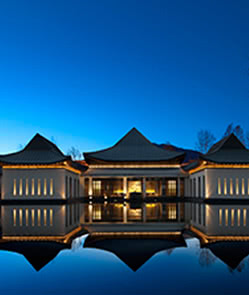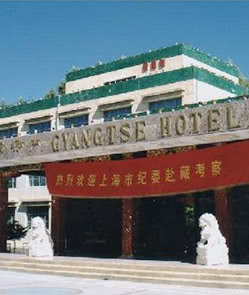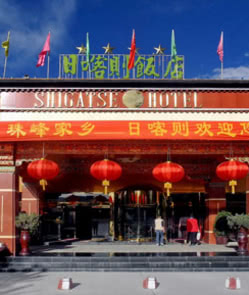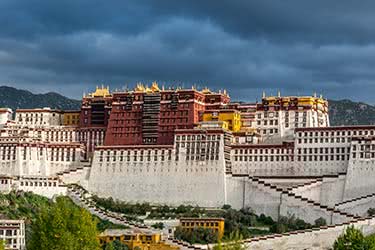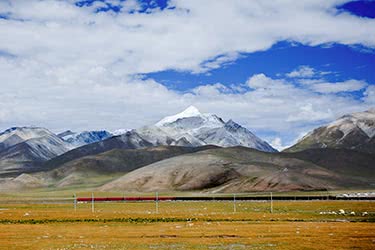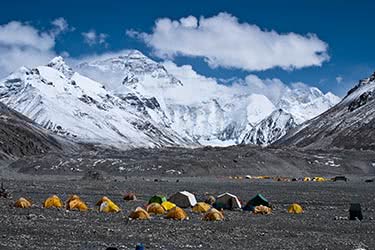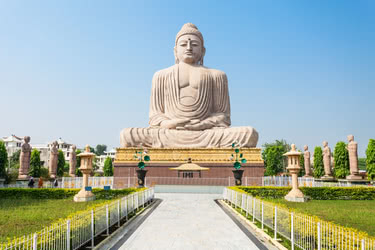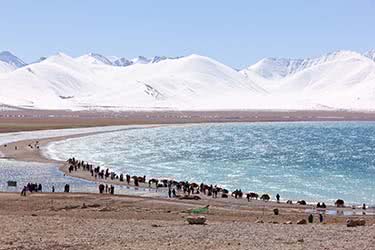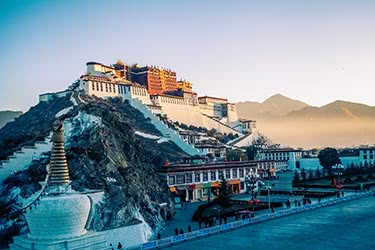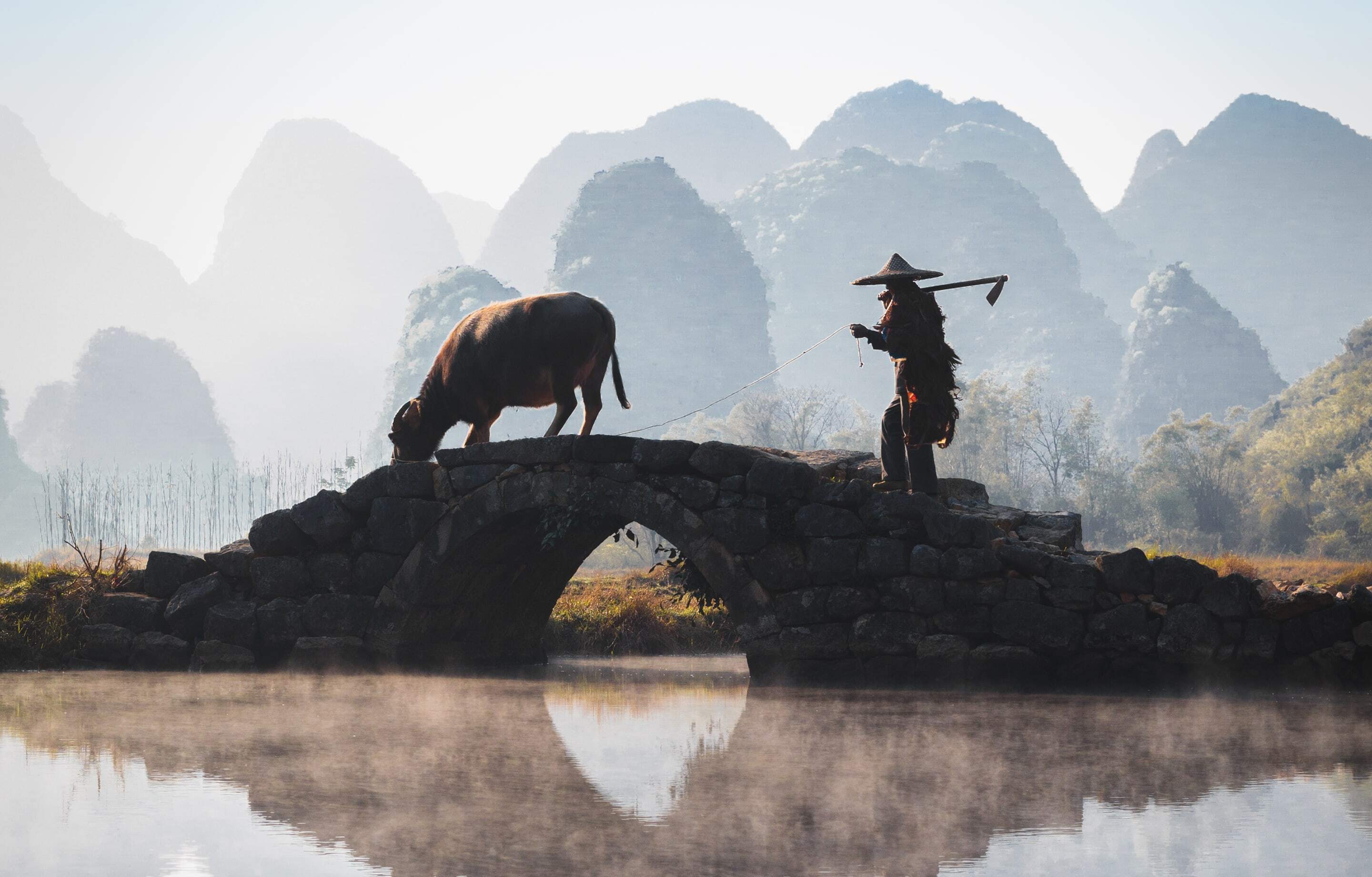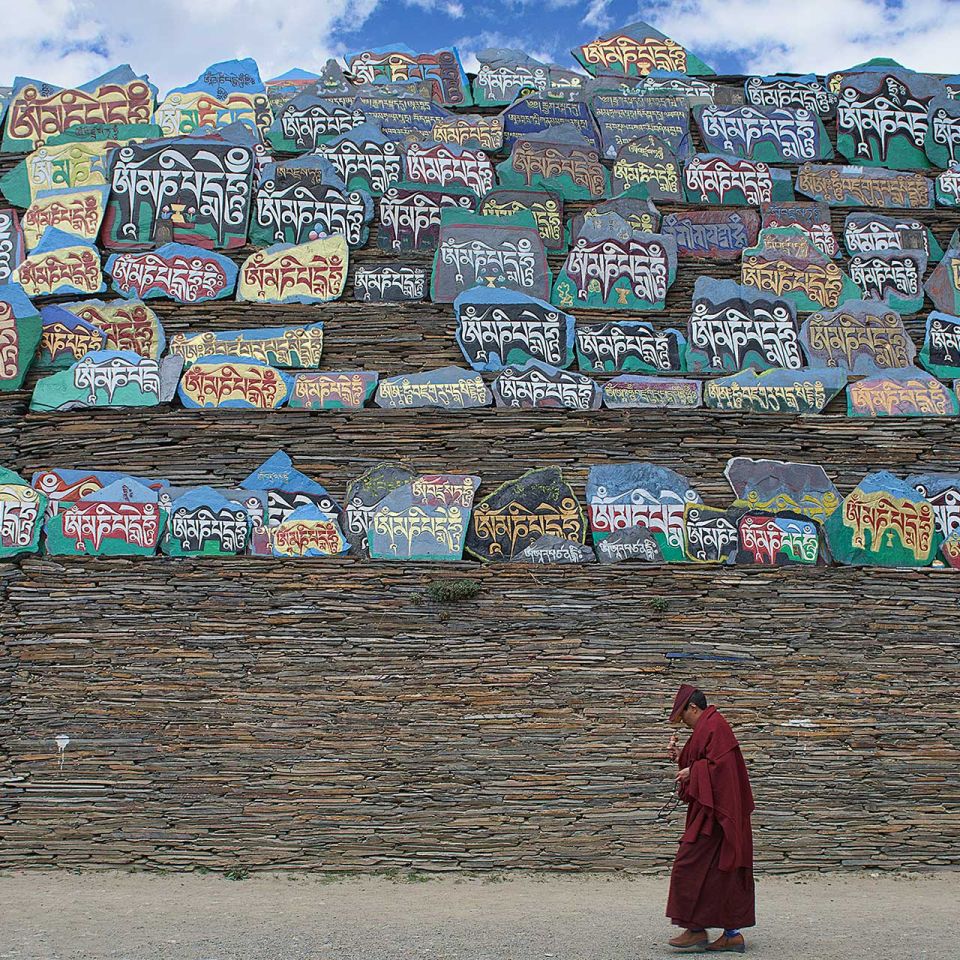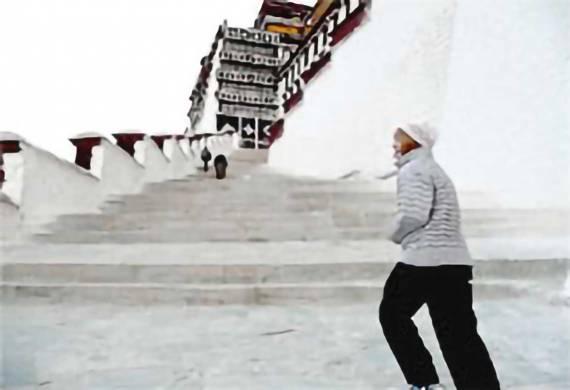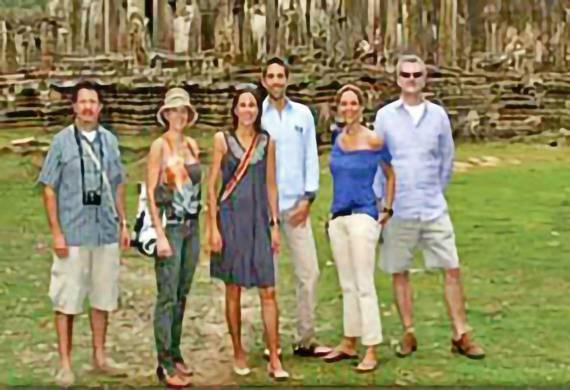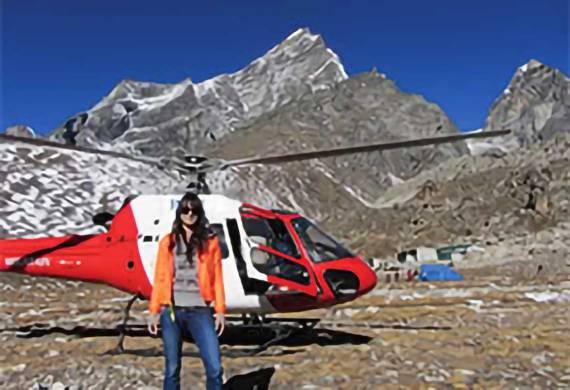For years, Tibet has been a territory shrouded by mystery. Closed to most of the world and inaccessible to many, a visit to this unique part of the world will be a trip of a lifetime, even if you consider yourself to be among the most intrepid of travellers. After procuring your Tibet visa in Kathmandu, you'll embark on a nine-day tour of Tibet, starting with two days of sightseeing in the administrative capital - and largest city - of Tibet, Lhasa, before hitting the long and winding road to enlightenment. Pass Gyantse, a quaint agricultural town, on the way to Shigatse, famous for its majestic Tashilumpo Monastery. The second half of the trip will take you on to Xegar and Zhangmu, where you’ll venture past some breathtaking mountain gorges, stop off at atmospheric monasteries and visit local villages which have barely changed in in hundreds of years.
Please note: Tibet is normally closed to visitors from the middle of February to the end of March. Once open for visitors in April, it is recommended for travelers to plan their trip in after late April to allow time to process local Tibetan permits. The border crossing between Tibet and Kathmandu is currently closed.
This itinerary is an example. It’s designed to inspire you and provide you with thoughtfully curated
ideas. You can choose to do this exact itinerary or completely personalize it. All trips are
100% bespoke.
